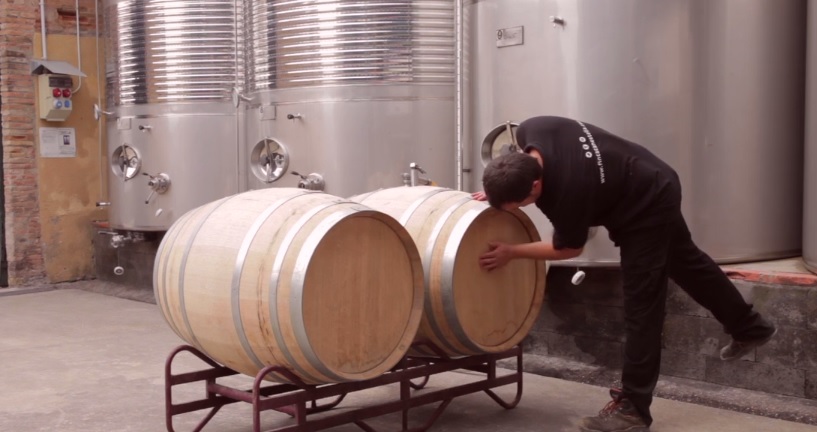So you have no idea what on Earth Carbonic Maceration is. Well, that is nothing to be ashamed of. Only those working in the wine industry are familiar with this arcane term, and it is not precisely a widespread technique anyway.
So what it is, and how does it affect the everyday consumer? Let’s start from the beginning, shall we?
First you need to understand the basic procedure of winemaking: fermentation. Simply put, when you press the grapes, the yeast that is contained within the skin is released into the juice and starts to “eat” the sugar and convert it into alcohol and CO2. That, in a nutshell, is the fermentation process.
Carbonic maceration is a slightly different way of making wine. Note that I have said “different”. As with anything related with wine – and food, for that matter – whether different will be better or worse depends entirely on your taste.
The biggest difference with standard fermentation is that for carbonic maceration the grape will remain attached to the stem. Once all of the grapes are placed inside the fermentation tank, the ones at the bottom will be crushed by the weight of those on top and release the juice. This means that at the bottom, and only the bottom of the tank, a standard alcoholic fermentation will start.
Here is where things get interesting. As you know by now, this fermentation will release CO2, which will remain in the tank (CO2 is more dense than air) covering those grapes that remain intact and attached to the stems. This means that the yeast has not been released (which stops the fermentation from starting) and that the grapes will not decay because they are shrouded in an inert gas (the CO2 from the fermentation taking place at the bottom).
So, what now? Well, nature always finds a way. Just to keep things simple, let’s say that some enzymes inside the grapes will take the mantle of the yeast and perform the fermentation on each individual grape.
Once the grape's “inner fermentation\"" is finished, it's just a matter of pressing, filtering and bottling your wine.
And what kind of wine will this be, you might ask. Well, first and foremost, red wine. It will be very, very fruity (more commonly red fruits like berries and cherries), with low or medium body and a little bit of astringency from the stems (but not too much). They should be served slightly colder than your average red (between 12º and 15ºC instead of the standard 18ºC - 53º to 59º intead of the usual 65º, for you Fahrenheit system lovers). The lower temperature makes these wines a suitable introduction for those who want to venture in the world of reds.
One important thing to keep in mind when you are shopping for wine is that carbonic maceration wines have a significantly shorter shelf-life than those fermented with yeast. They are meant to be consumed within the year following the harvest (so in 2016 you should not be drink anything older than 2015, for example).
Sadly, not many wineries produce wines with this technique. Harvesting by hand is required to ensure that the whole bunch makes it to the tank and most wineries have moved to fully-mechanised harvests. On top of that, they also need to ensure that they will sell all their production within a year or everything will go to waste, meaning a big monetary loss.
Luckily for us, some regions like La Rioja in Spain or Beaujolais in France have not yet given up on tradition.
By: Simón García
